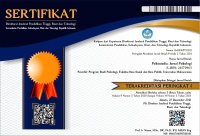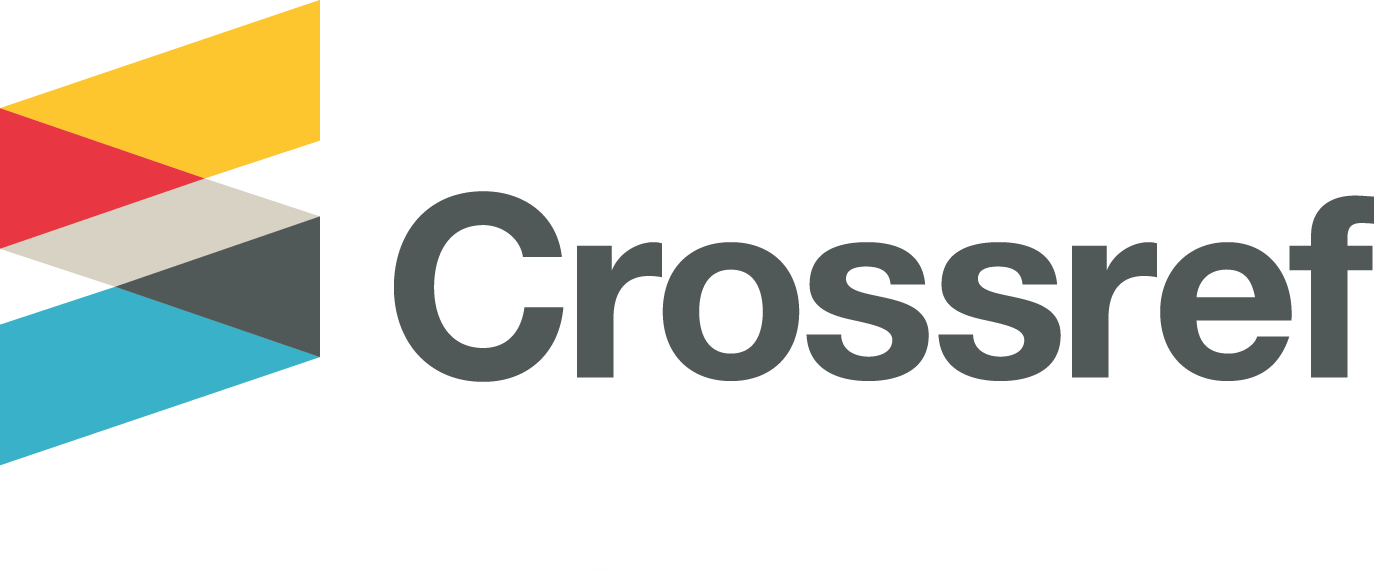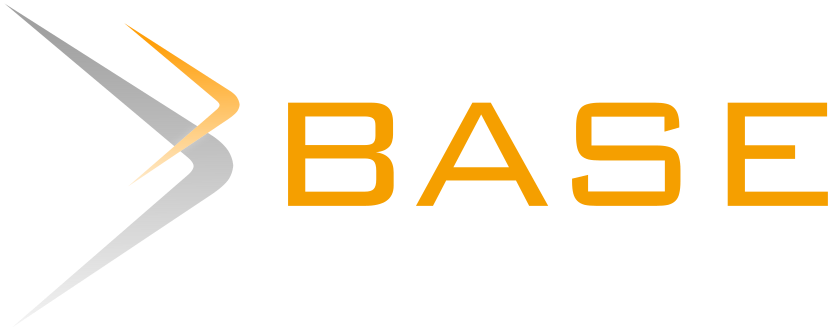The Effectiveness of a Combined Intervention Approach for Improving Reading Fluency in Elementary School Students
Abstract
The ability to read plays a crucial role in the academic success and overall development of elementary school children. Unfortunately, many children in elementary school experience difficulties in reading, including issues with fluency, accuracy, and comprehension. These difficulties can lead to challenges in understanding the curriculum and result in lower academic achievement. To address this issue, a combined intervention approach was implemented, which combined repeated reading, listening while reading, error correction, and performance feedback methods. The aim of this intervention was to improve the accuracy aspect of reading fluency in elementary school children. This study used a single case experimental design with second-grade students as the research subjects. The development of children's reading abilities was measured using the Informal Reading Inventory. The results of the study indicate that the intervention provided was effective in improving the ability and fluency of reading in the research subjects.
Kemampuan membaca memiliki peran yang sangat penting dalam kesuksesan akademik dan perkembangan secara keseluruhan pada anak-anak sekolah dasar. Sayangnya, banyak anak di sekolah dasar mengalami kesulitan dalam membaca, termasuk dalam hal kelancaran, akurasi, dan pemahaman bacaan. Hal ini dapat menyebabkan kesulitan dalam memahami kurikulum dan berakibat pada pencapaian akademik yang rendah. Untuk mengatasi masalah ini, diterapkan pendekatan intervensi gabungan dengan menggabungkan metode repeated reading, listening while reading, error correction, dan performance feedback. Tujuan dari intervensi ini adalah untuk meningkatkan aspek akurasi dari kelancaran membaca pada anak-anak sekolah dasar. Penelitian ini menggunakan desain eksperimen kasus tunggal dengan subjek penelitian adalah siswa kelas 2 sekolah dasar. Perkembangan kemampuan anak diukur menggunakan Informal Reading Inventory. Hasil penelitian menunjukkan bahwa intervensi yang diberikan efektif dalam meningkatkan kemampuan dan kelancaran membaca pada subjek penelitian.
Keywords
Full Text:
FULL TEXTReferences
Alt, S. J., & Samuels, S. J. (2011). Reading fluency: What is it and how should it be measured? In A. M. Franzen, & R. L. Allington, Handbook of Reading Disability research (pp. 173-181). New York: Routledge.
Amara, N. (2015). Errors correction in foreign language teaching. The Online Journal of New Horizons in Education, 5(3), 58-68.
Aulia, L., Kelly, E., & Zuhri, A. (2022). Dukungan keluarga dalam meningkatkan motivasi belajar siswa. Psikostudia, 11(4), 623-632.
Bear, D. (2017). Informal Reading Inventory. In Wonders placement and diagnostic assessment, grades K-6 (pp. 163-226). US: The McGraw-Hill Companies, Inc.
Chall, J. (1976). The great debate: Ten years later, with a modest proposal for reading stages. Theory and Practice of Beginning Reading Instructions (pp. 1-64). Washington DC: ERIC Clearinghouse.
Claranita, R. P., & Suprapti, V. (2022). Metode fernald untuk siswa lamban belajar, apakah dapat meningkatkan kemampuan membacanya?. Psikostudia, 11(4), 551-560.
Daly, E., Neugebauer, S., Chafouleas, S., & Skinner, C. (2015). Producing measurable increases in reading fluency. In Intervention for reading problems: Second edition (pp. 90-123). New York: Guilford Publications.
Friedland, A., Gilman, M., Johnson, M., & Demeke, A. (2017). Does reading-while-listening enhance students' reading fluency? Preliminary results from school experiments in rural Uganda. Journal of Education and Practice, 8(7), 82-95.
Grabe, W. (2010). Fluency in reading: Thirty-five years later. Reading in a Foreign Language, 22(1), 71-83.
Hasbrouck, J., & Tindal, G. (2005). Oral reading fluency: 90 years of measurement. Behavioral Research and Teaching.
Hintze, J. M., Callahan, J. E. III, Matthews, W. J., Williams, S., & Tobin, K. G. (2002). Oral reading fluency and prediction of reading comprehension in African American and Caucasian elementary school children. School Psychology Review, 31, 540-553.
Hornery, S., Seaton, M., Tracey, D., & Craven, R. (2014). Enhancing reading skills and reading self-concept of children with reading difficulties: Adopting a dual approach intervention. Australian Journal of Educational & Developmental Psychology, 14, 131-143.
Ja’afar, H. (2016). Repeated reading: enhancing fluency development of struggling readers of differing socio-economic status. Proceedings of the First Reciprocal Graduate Research Symposium between University Pendidikan Sultan Idris and Syiah Kuala University, 127-142.
Kocaarslan, M. (2019). The effects of reading rate, accuracy and prosody on second grade students’ oral retelling. Acta Psychologica, 197, 86-93.
Krasny-Pacini, A., & Evans, J. (2018). Single-case experimental designs to assess intervention effectiveness in rehabilitation: A practical guide. Annals of Physical and Rehabilitation Medicine, 61(3), 164–179.
Manolov, R., Gast, D., Perdices, M., & Evans, J. (2014) Single-case experimental designs: Reflections on conduct and analysis, Neuropsychological Rehabilitation, 24:3-4, 634-660.
Miller, W. (1993). Complete reading disabilities handbook: Ready-to-use techniques for teaching reading disabled students. San Fransisco: Jose-Bass.
Morrison, C. (2016). Increasing oral reading fluency: An Examination of a small group reading intervention. Thesis, The University of Wisconsin-Eau Claire.
Mustadi, A., & Faisal, A. (2020). Factors affecting reading interest of elementary school students. Advances in Social Science, Education and Humanities Research, 511, 15-21.
Novinta, D., & Mastuti, E. (2023). Can rational-emotive behavior therapy (REBT) reduce academic anxiety in high school students?. Psikostudia, 12(1), 123-131.
Penner-Wilger, M. (2008). Reading fluency: A bridge from decoding to comprehension. AutoSkill International Inc.
Rasinski, T. V. (2004). Assessing reading fluency. Honolulu: Pacific Resources for Education and Learning.
Samuels, S. J. (1979). The Method of Repeated Readings. The Reading Teacher, 32(4), 403-408.
Saragih, A., Widayat, I. W. (2020). Metode fonik dan proximal self-motivation untuk meningkatkan kemampuan membaca. Psikostudia, 9(1), 26-30.
Scarborough, Amy C. (2012). Using empirically validated reading strategies to improve middle school students' reading fluency of classroom textbooks. Dissertation, Georgia State University.
Seftiani, A., Jati, S., & Hayati, R. (2023). Effectiveness of applied behavior analysis therapy against decreased distracted behavior in children attention deficit hyperactive disorder. Psikostudia, 12(1), 64-69.
Smith, J. D. (2012). Single-case experimental designs: A systematic review of published research and current standards. Psychological Methods, 17(4), 510–550.
Stevens, E. A., Walker, M. A., & Vaughn, S. (2016). The effects of reading fluency interventions on the reading fluency and reading comprehension performance of elementary students with learning disabilities: A synthesis of the research from 2001 to 2014. Journal of Learning Disabilities, 1-15.
Torgesen, J. K., & hudson, R. F. (2006). Reading fluency: Critical issues for struggling readers. In S. J. Samuels, & A. E. Farstrup, What research has to say about fluency instruction (pp. 130-158). Newark, DE: International Reading Association.
Utami, L. (2021). Tingkat literasi Indonesia di dunia rendah, ranking 62 dari 70 negara. Perpustakaan Kementerian Dalam Negeri.
Valencia, S. W., Smith, A. T., Reece, A. M., Li, M., Wixson, K. K., & Newman, H. (2010). Oral reading fluency assessment: Issues of construct, criterion, and consequential validity. Reading Research Quaterly, 45(3), 270-291.
DOI: http://dx.doi.org/10.30872/psikostudia.v12i3.11033
Refbacks
- There are currently no refbacks.
Copyright (c) 2023 Psikostudia : Jurnal Psikologi

This work is licensed under a Creative Commons Attribution-ShareAlike 4.0 International License.
Psikostudia: Jurnal Psikologi is indexed by :
PSIKOSTUDIA: Jurnal Psikologi Published by Faculty of Social and Political Siences, University of Mulawarman, Samarinda, East Kalimantan and This work is licensed under a Creative Commons Attribution-ShareAlike 4.0 International License.
_________________________________________
PSIKOSTUDIA: Jurnal Psikologi
Department of Psychology
Faculty of Social and Political Siences, University of Mulawarman
Jl. Muara Muntai Kampus Gn. Kelua Samarinda 75411
Phone: +62 813 35350368
E-Mail: psikostudia@fisip.unmul.ac.id




















